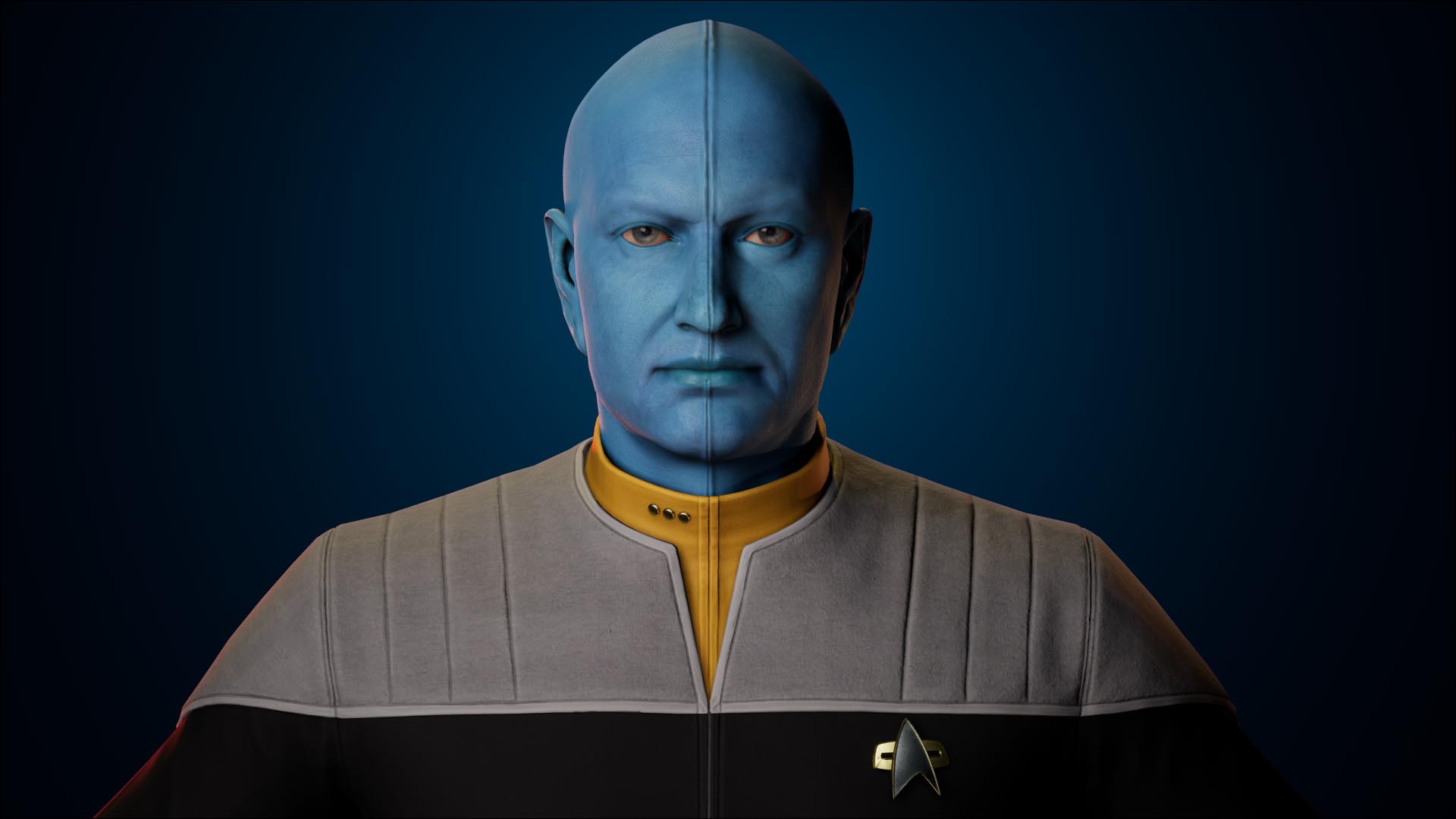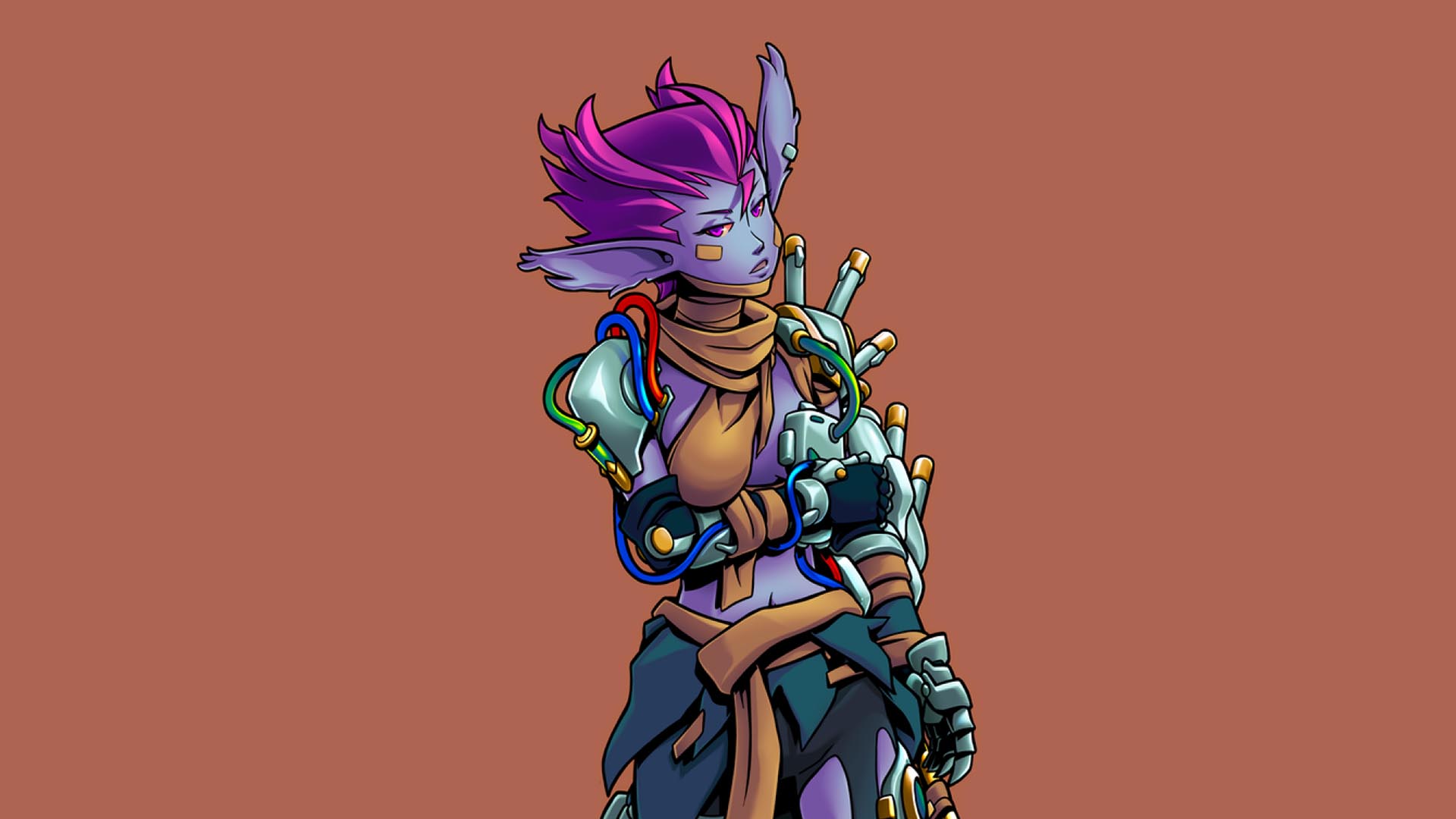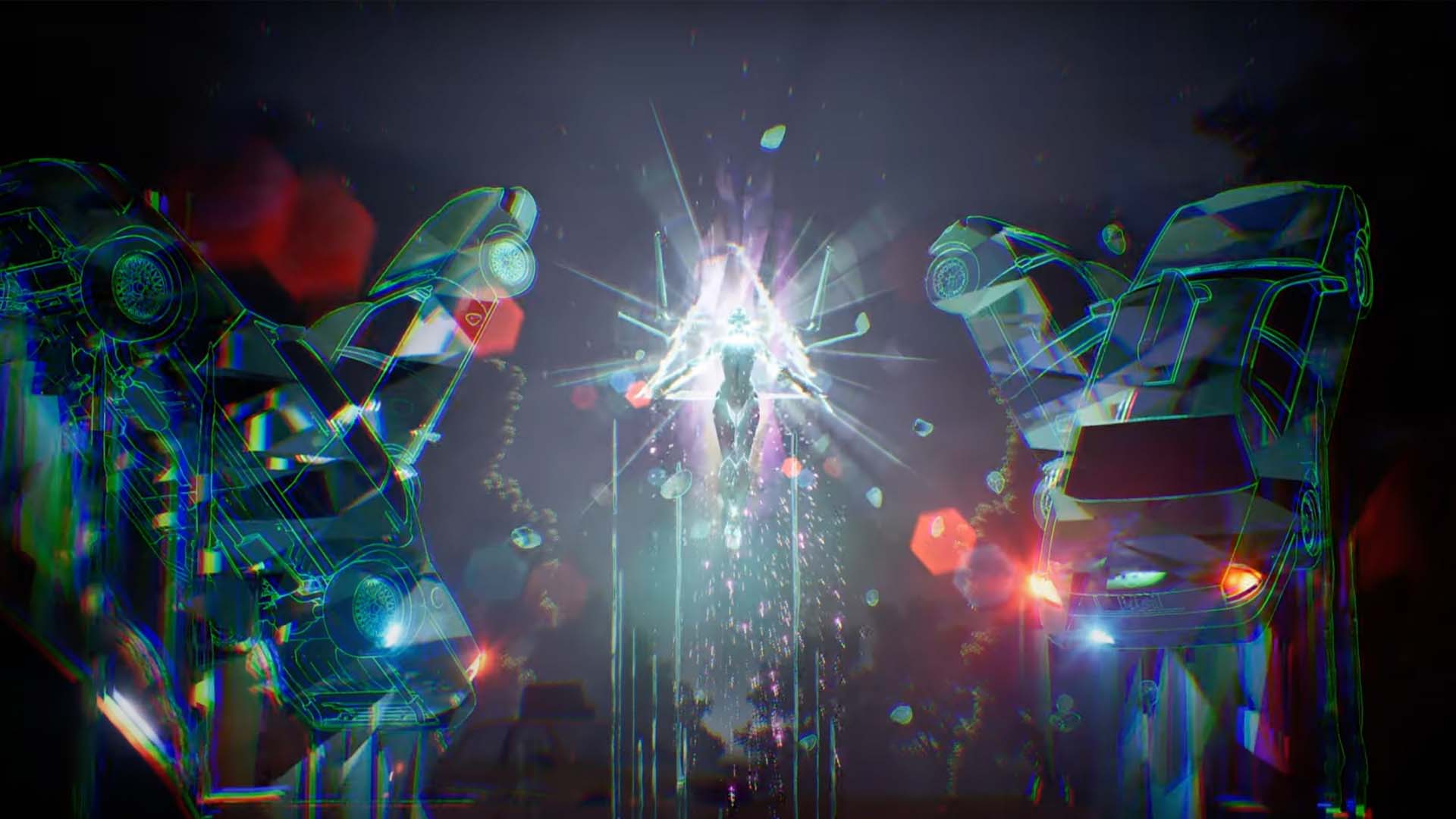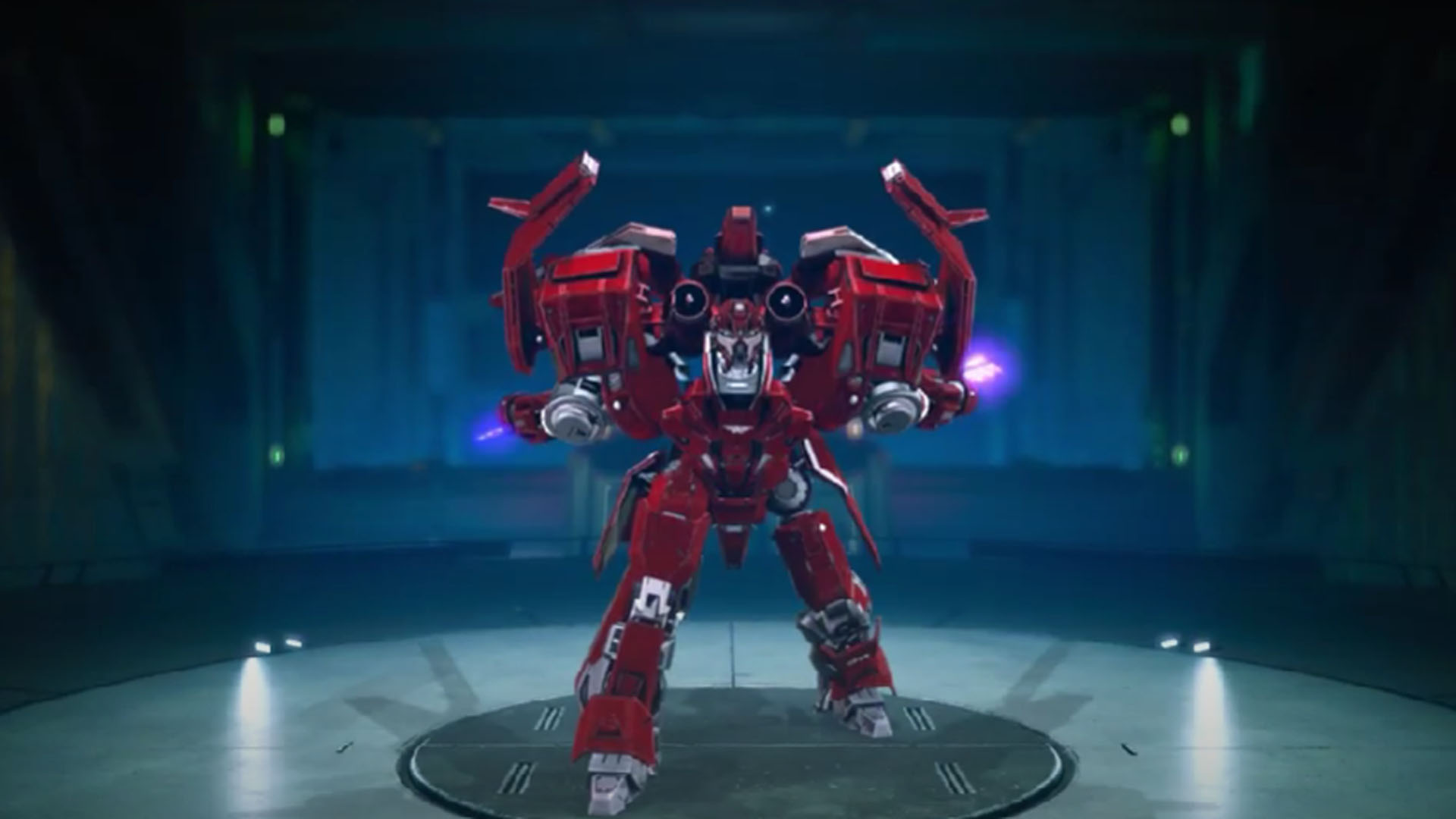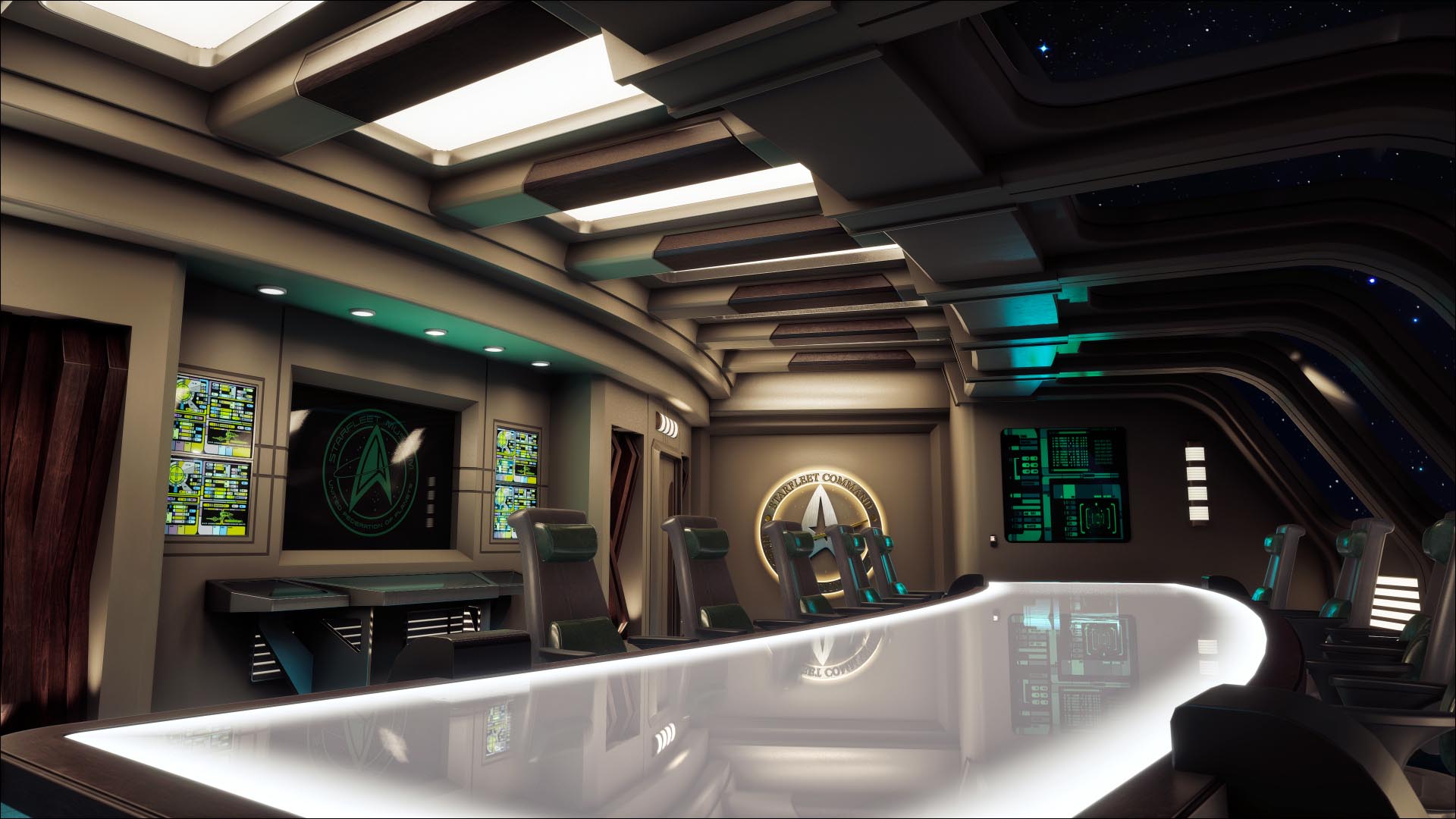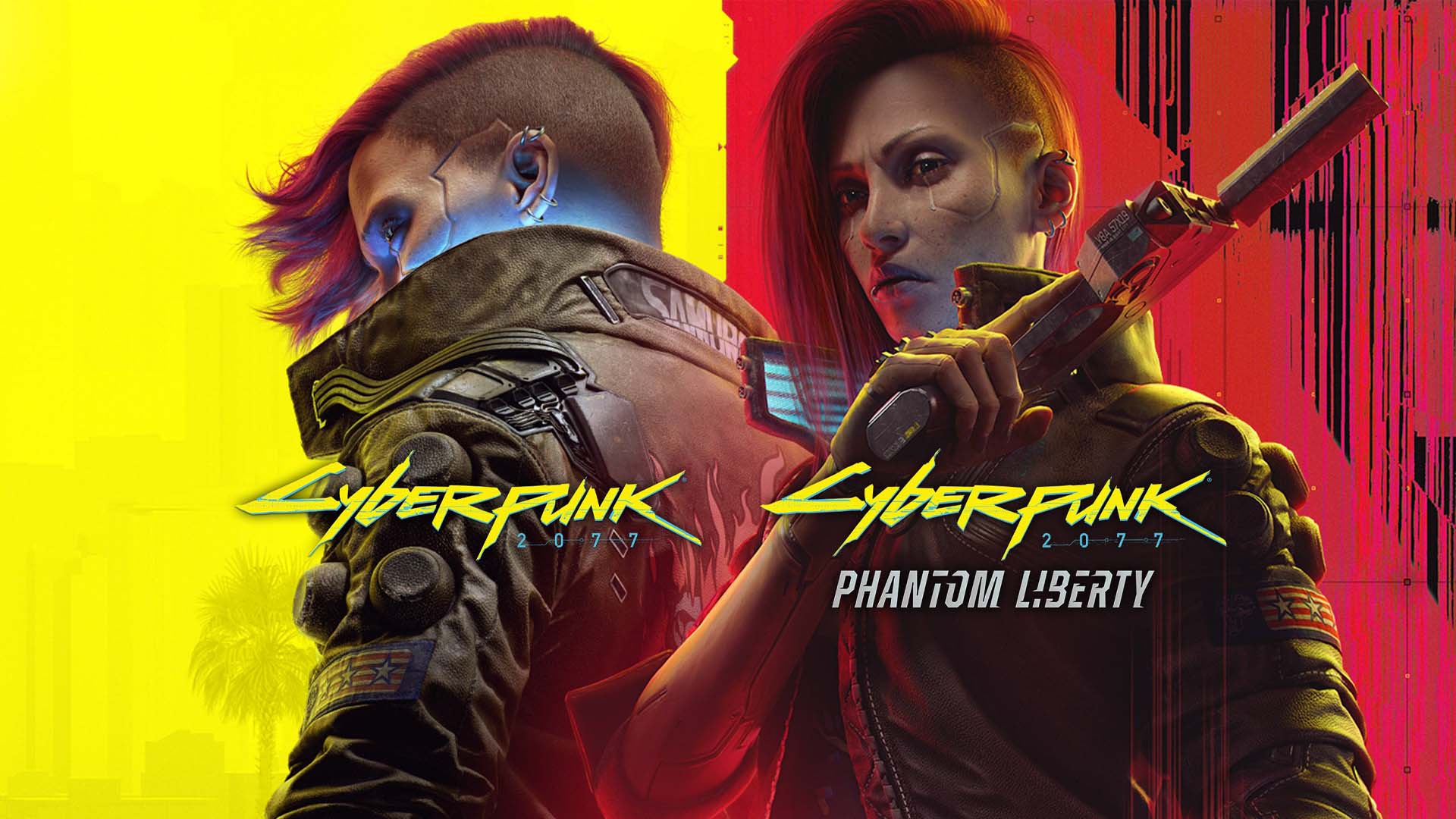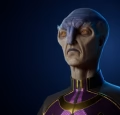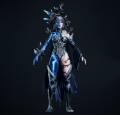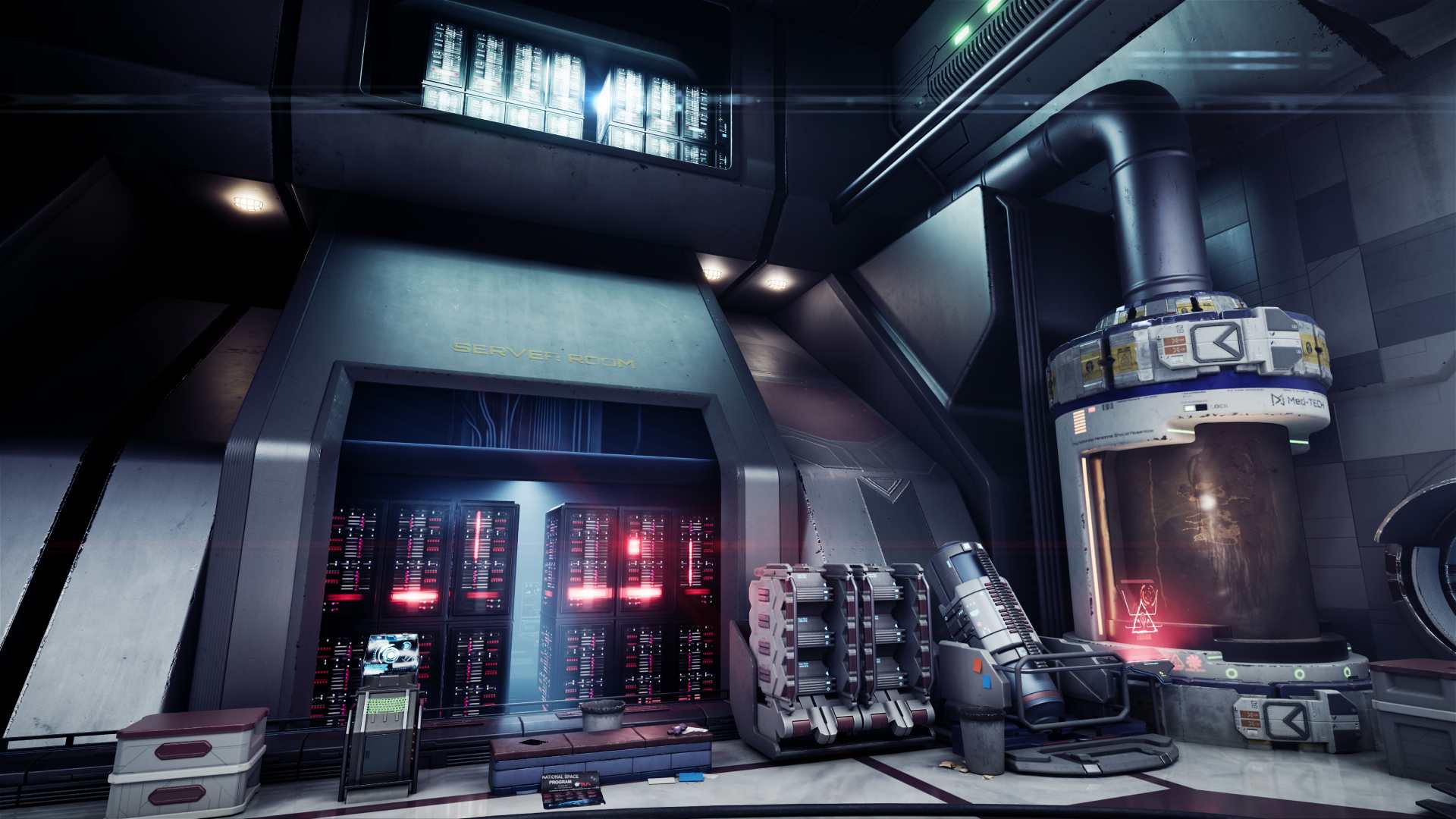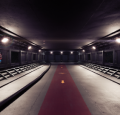How do you choose the right art style for your game? Which art styles will work best for your players’ experience? Choosing the right art direction for your game comes with a myriad of variables and decisions. What type of game am I making? What themes is my game exploring? Who is my game’s target audience? Hyper-realism and stylization are widely different and viable directions for your game, so let’s take a look at them in more detail.
Hyper-Realism
Hyper-realism is quite simply realistic visuals, an attempt at emulating the real world. Games like Red Dead Redemption 2 and The Last of Us Part II are perfect modern examples of hyper-realism executed well. Faces, character models, and animations are realistic and rooted in reality, and particle effects like fire and snow are true to life.
While hyper-realism can indeed be difficult to achieve, as gaming technology and hardware progress, it’s becoming a more practical goal for developers of all sizes. It’s become commonplace for developers to use full body scans and motion capture for games these days, and even though that can be expensive, the tools needed are more widely available than ever. With game engines like Unreal Engine 5 and its features like the MetaHuman Character Creator and World Partition Tool, it’s becoming easier to craft realistic characters and worlds.
The real challenge with hyper-realism is refinement. Tweaking character models and worlds can be painstaking, and attentive players will notice even the smallest mistakes. Awkward facial animations during cutscenes will be spotted immediately, which could hurt a developer’s reputation for attention to detail.
Hyper-realism, though more accessible than ever, is typically pursued by larger studios. There can be a significant financial cost involved in getting the software, tech, and labor required to achieve it.
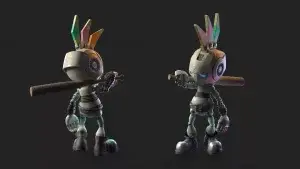
Stylized
Stylized is an umbrella term used to describe art directions that don’t adhere to hyper-realism. This can include anything from comic book-inspired cel-shaded visuals in games like XIII, and the hand-drawn aesthetic of The Banner Saga trilogy, which is a callback to the Disney renaissance period of the late 80s and 90s.
Employing stylized visuals can be easier in some circumstances. It’s easier to work within your means without a studio having to stretch itself financially. With that said, it’s hard to compare the two art directions, and stylization has its own set of challenges.
Great artists are needed to create great stylized art. The artists must have an intimate understanding of the fundamentals – color, shape, form, and everything in between – and heaps of creativity. Hyper-realism is artistic but it has the advantage of real-world inspiration and references. Stylized art necessitates taking time to explore ideas and figuring out what might work for your game. To this end, having a strong vision for your game is essential for having a cohesive, creative, and interesting art direction.
An advantage of stylized art is that errors can enhance a piece. When not striving for hyper-realism, chance and happy accidents can help the art and bring it in directions previously unthought of.
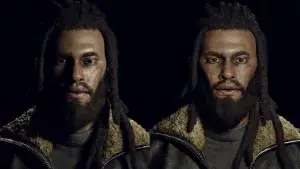
Style Considerations
Budget: Hyper-realistic art styles tend to cost more, which is a major reason why we see larger studios aim for this art style. Microsoft Flight Simulator and Forza Motorsport are perfect examples of this, with their true-to-life vehicles and environments down to every last detail. Franchises like these not only use hyper-realistic visuals but do their best to advance the technology behind them with every new game release.
Market: Both art styles need a market to enjoy them. It’s common to see indie games use stylized visuals because of budget constraints, but this creates wonderful and memorable art seen in titles such as Hades. Big budget realistic games like the Battlefield series does well with every release, so it wouldn’t make sense for the developer to switch to a stylized vision for the next game. Neither hyper-realism nor stylized visuals are exclusive to AAA and indie developers, however, and any studio can find success with either style.
Management: Depending on the high-level management at your studio, the art style could go one way or another. Take Telltale Games’ The Wolf Among Us, for instance. Management decided on a stylized approach to pay homage to its comic book source material, Fables. This was a decision based on a passion for the IP as a whole, and the game benefitted from it greatly. While a hyper-realistic approach could have undoubtedly worked, fans appreciated the visual resemblance to the comic book origins of the game.
At Magic Media we are veterans of the gaming, tech and entertainment industries, offering comprehensive services including game development, game VFX, animation and full art services! Our main goal is to provide a one-stop solution for any project. If you’d like to utilize our expertize and experience in creating, game art and more, drop us a line and let’s create magic!

